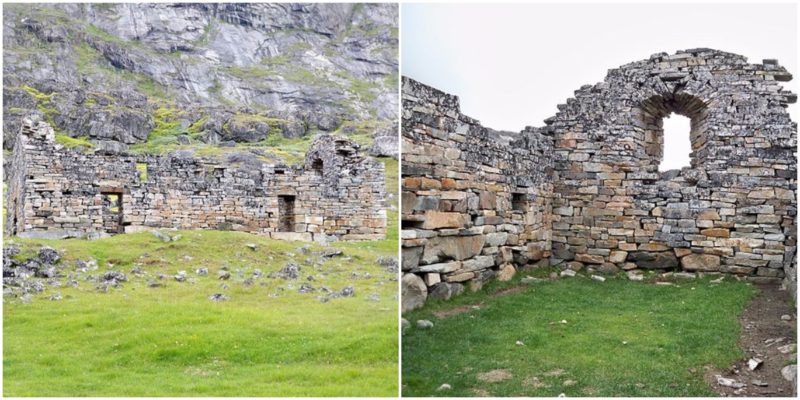The ruins of the Hvalsey Church are located in the abandoned Greenlandic Norse speaking settlements of Hvalsey in the southern part of Greenland. The site on which the church was erected is situated on a narrow piece of land facing a fjord, near the present-day small town of Qaqortoq (formerly known as Julianehab) in the Kujalleq municipality.
The remains of the medieval church are located approximately 12 miles northeast of the center of Qaqortoq, which is the largest town in southern Greenland, with more than 3000 inhabitants.
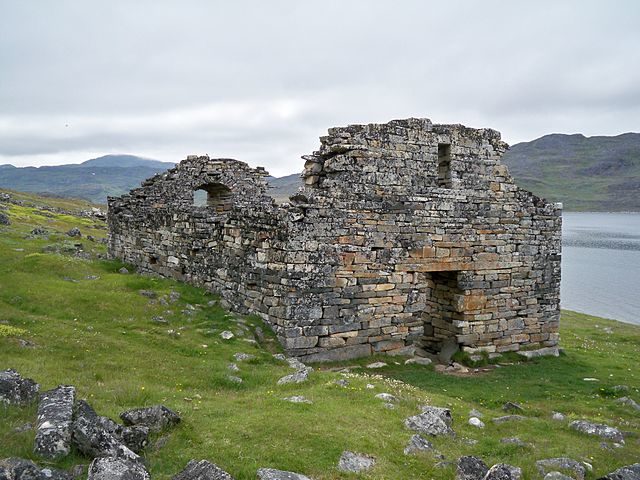
In this area can be found the best preserved and largest site of Norse ruins. Now only the Hvalsey Church is still visible and recognizable. This church is one of the first Christian (Catholic) churches on the continent of North America.
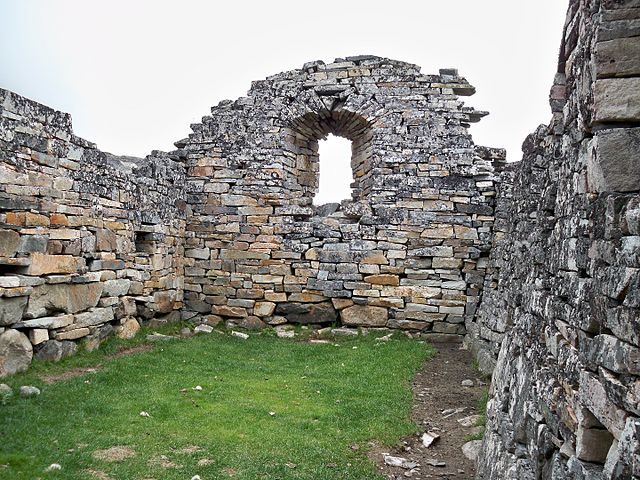
The land of Southern Greenland was colonized by Norse settlers from Scandinavia at the end of the 10th century. They were attracted by the fertile lands and fjords of the region and the area has become their new home.
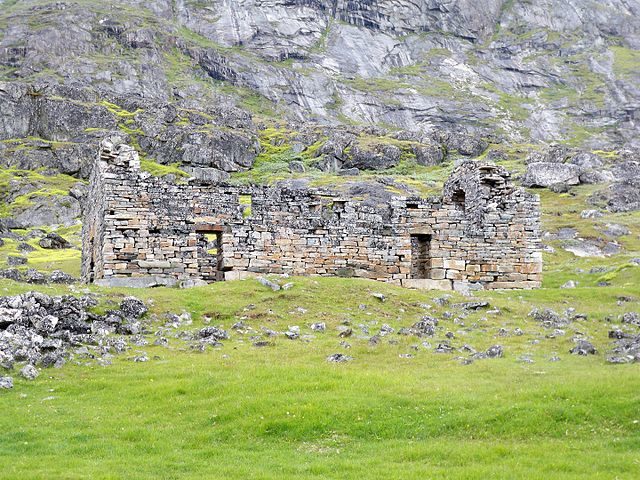
According to Nordic medieval documents known as sages, the territory around Hvalsey belonged to Thorkrell Farserk, who was cousin or uncle of Erik the Red. Christianity reached Greenland at the beginning of the 11th century and very soon churches were built around the Norse farms.
Historians and archaeologists believe that Hvalsey Church was built in the early years of 14th century. The new discoveries show that Hvalsey Church was not the first church in the area. In various late medieval documents, it is written that Hvalsey Church is one of the 10- 14 parish churches in the Eastern Settlement.
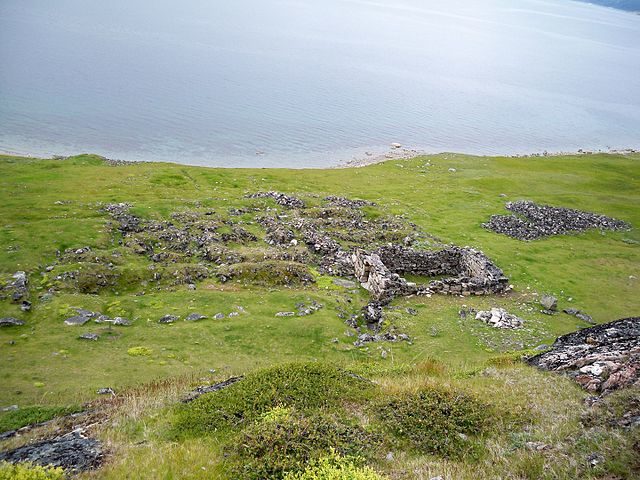
The church was last used at the wedding of Thorstein Olafsson and Sigrid Bjornsdottir in September 1408. This event was mentioned in letters by a priest and by several Icelanders. This is the last written record of the Greenlandic Norse, after this date, there are no signs of the Greenlandic Norse in the sages or other medieval documents. It is believed that at this time (at the beginning of the 15th century) the settlement was completely abandoned.
There are debates among historians about the reasons why this happened. Some believe that the harsh climate forced the inhabitants to leave the place and others that the destructive war with the Inuit people was the main reason why this location became empty and uninhabited. Today the site is a part of a sheep farm.
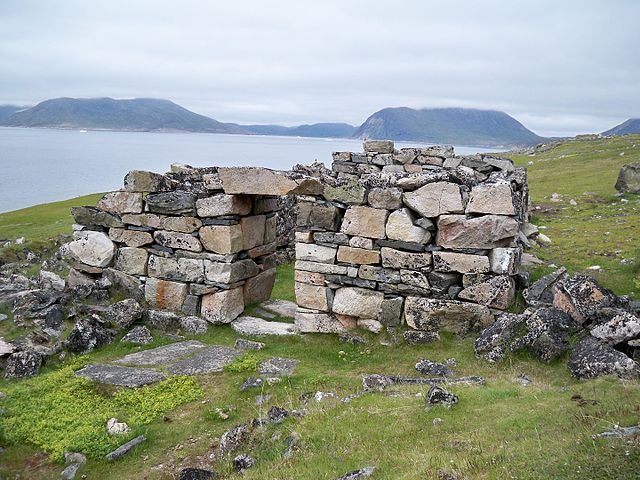
It is believed that at its highest peak the Hvalsey Parish area had 15 buildings. The church was one of them, but there were several other buildings. The location was characteristic classic Greenland Norse farmstead. The farmstead had a large farmhouse with eleven rooms. This building also had a banquet hall and livestock pens and there were other smaller residential homes too. Archaeologists believe that one of them was the home of the priest.
Other livestock pens and a horse enclosure for guests to keep their horses were erected away from the main building. There was a storehouse up on the nearby hill and another storehouse at the edge of the water but sadly most signs of this structures have disappeared.
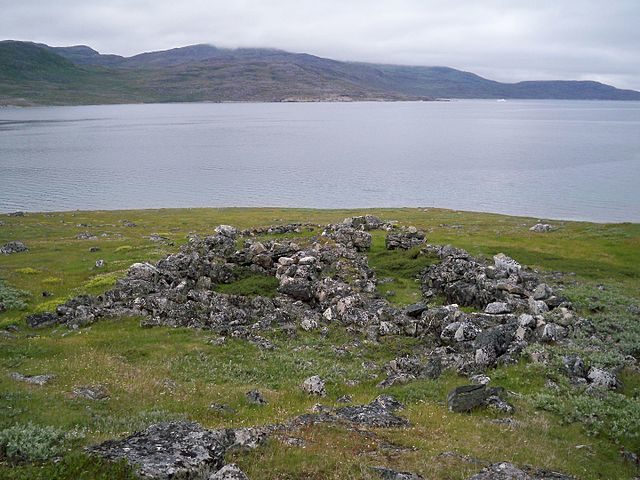
But the church still has all of its four walls. The walls are between 15 and 20 feet high, built of stone in the Anglo-Norwegian architectonic style of the early 13th century. Some of the stones or we should say, boulders, weigh more than 5 tonnes. The stones are carefully placed and fitted. The church is roofless because the roof was wooden and it disappeared through the centuries, it has three entrances and one arched window – the church held more or less 35 people.
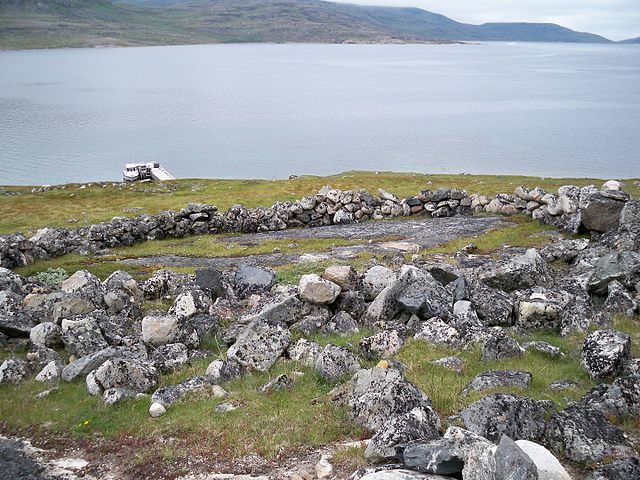
Thanks to the excellent build quality Hvalsey Church has resisted the time and the climate conditions better than other Norse structures in Greenland. Parts of the building have collapsed, mostly because that it was built over a graveyard and this caused the sinking of the foundation. But still, the Hvalsey church is one of the best preserved Greenlandic Norse structures.
